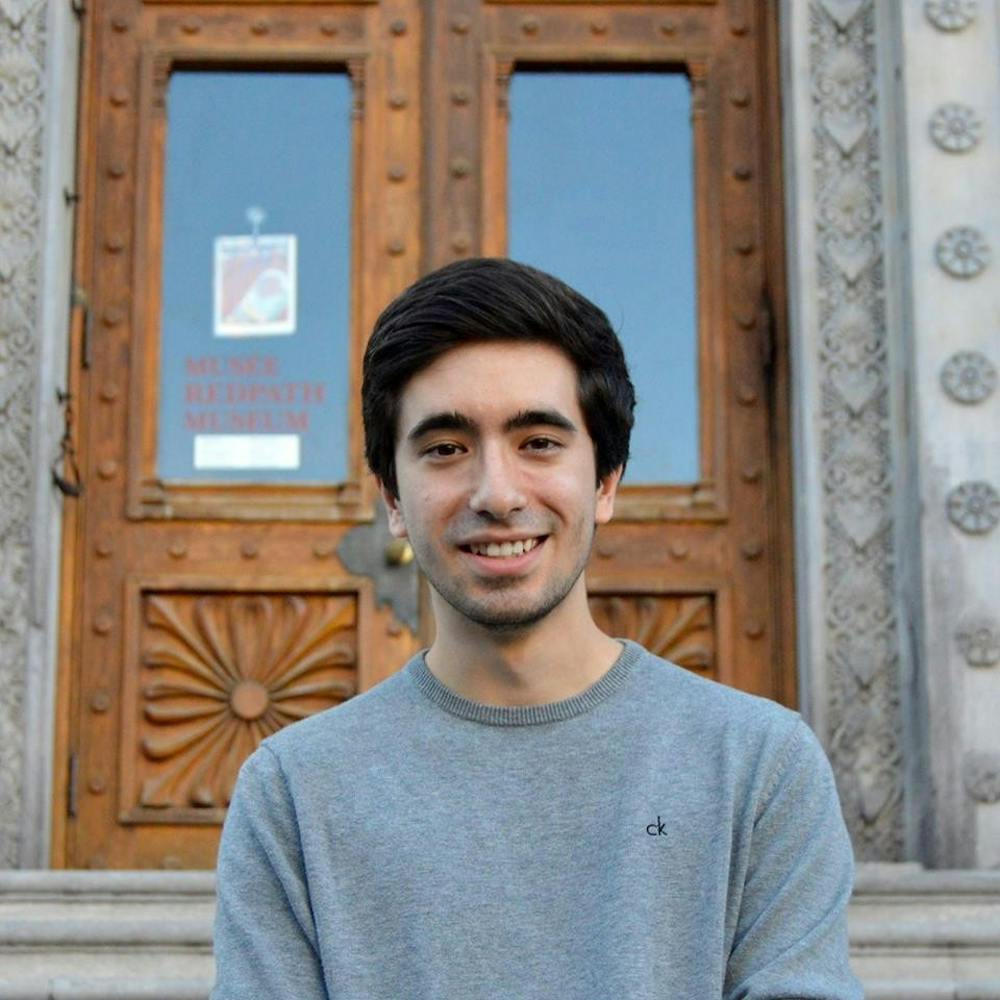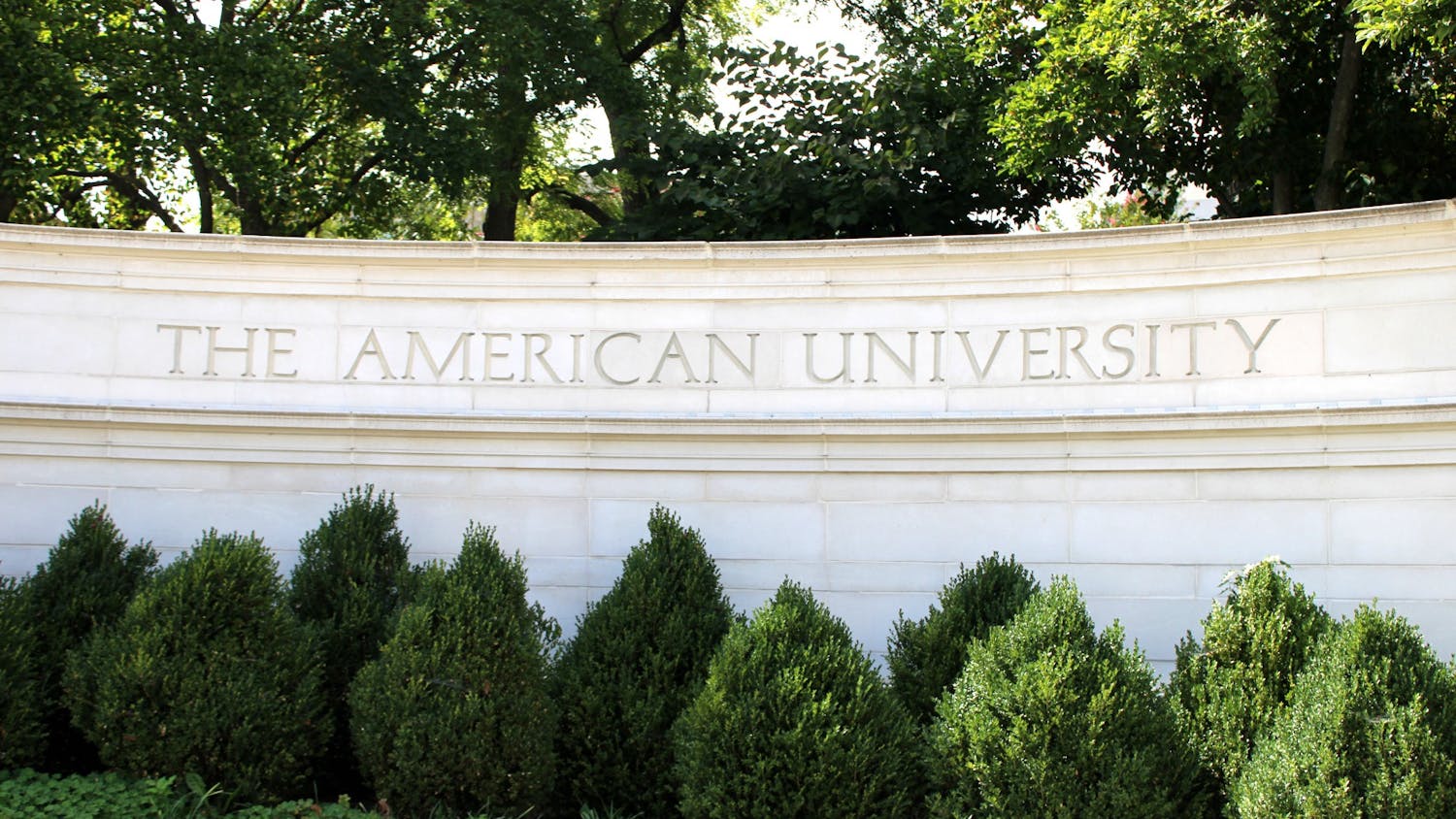To enter the United States to begin my master’s degree at American University, I needed to prove that I had roughly $60,000 in cash or other liquid financial assets available. Without these funds in hand, the American government would not grant me a F-1 student visa.
Under the terms of my visa, the Department of Homeland Security (DHS) does not allow me to work during the first year of my program. This restriction is an economic barrier that prevents international students from supporting themselves while studying and means that admission is based on family wealth and limited access to scholarships. The visa-granting process filters international students who want to study in the United States based on their financial resources instead of their academic potential and prevents F-1 students from developing professionally during their studies.
I was lucky because AU had offered me a generous financial aid package that made it less expensive for me to attend school in D.C. than in Canada. This offered me a way around the financial hurdle that stood in my path, but it also meant that there was a certain degree of fragility attached to my offer letter. If any part of my financial aid fell through later, I would no longer be able to continue my master’s program, as there was no way for me to make up the difference in funds by working.
F-1 students can work on-campus part-time during the school year. However, working for 20 hours per week is not enough to support rent, food and tuition payments alone. Simply looking at the AU student job board shows that most jobs pay between $13 to $15/hour, or $260 to $300 per week. International students are unable to work off-campus or more than 20 hours per week under normal circumstances, effectively hamstringing their ability to support themselves.
However, F-1 students can apply for an exemption due to severe economic hardship. Under this exemption, students can work off-campus, but DHS still imposes limits of 20 hours per week during the school year. The application process for a severe economic hardship exemption costs $410, itself more than what an international student could make in a week through on-campus employment. AU’s website does not offer a timeline for how long approval will take either, leaving international students waiting to see when they will be able to start working.
The only way to work full-time as a F-1 student is after your first year of study, through Curricular Practical Training (CPT) authorization. CPT requires you to work in your field of study but allows for full-time paid employment, so long as your school grants you credit for the internship. The issue is that completing a full year of CPT work will render you ineligible to apply for Optional Practical Training (OPT), which is another type of work authorization that allows students to remain within the United States for a full year after graduation. No matter the choice a F-1 student makes, they will be sacrificing at least some amount of experience and financial resources which could greatly benefit them.
Of course, every country can set their guidelines regarding the entrance of foreigners, and it is the United States’ prerogative to prioritize domestic students. Admittedly, Canadian schools have a similar financial barrier for international students to overcome: undergraduate tuition at McGill, my alma mater, was $30,000 CAD per year, or $22,000 USD, for international students, more than ten times what a Quebec resident would pay and more than three times what other Canadians pay. Clearly, this is not simply an American problem, but one associated with higher education in general.
It would be easy to point at my financial aid package and say that those of high ability are able to access merit-based awards to continue their education. That may be true in some cases, but my undergraduate career was not academically strong: I entered American with a GPA of 3.27 and with only two internships on my resume.
While I like to think of myself as competent, I am by no means an example of an academic success story. Instead, the availability of funds in my case was largely due to political considerations: part of my funding comes from a fellowship specifically set up for Canadian students. Further, a report by Politico showed a 9 percent decrease in international enrollment since 2016, meaning that there are fewer students competing for financial resources.
My program runs for two years, meaning that my expenses should run into the six-digit range, which is beyond what I would be able to pay on my own as a new graduate without financial aid. The current immigration system is partial towards those who have the financial resources to support themselves without working, discouraging those who are less affluent but nonetheless capable from pursuing higher education in the United States.
Dylan Lamberti is an international graduate student in School of Public Affairs. He is an outside contributor.





